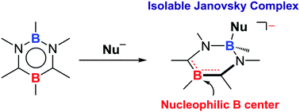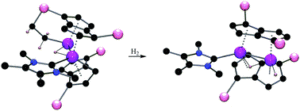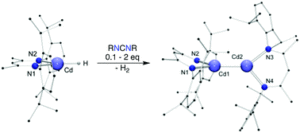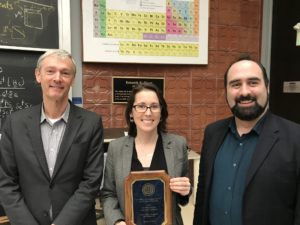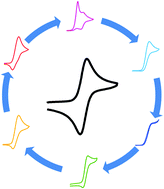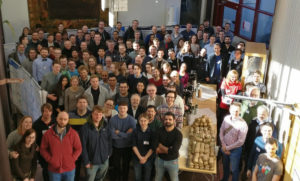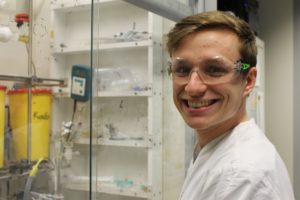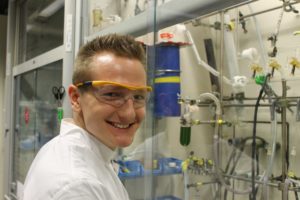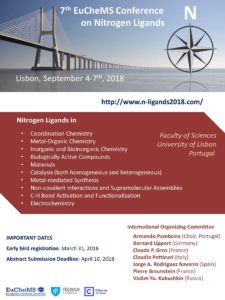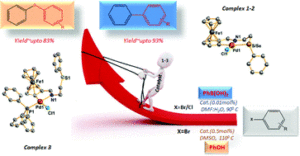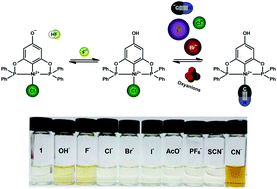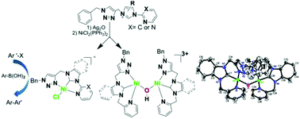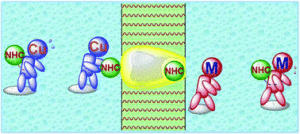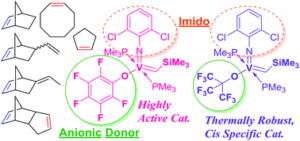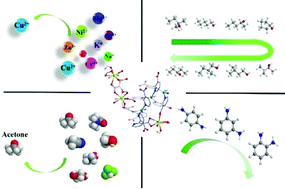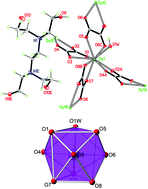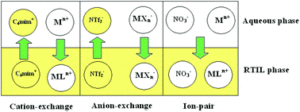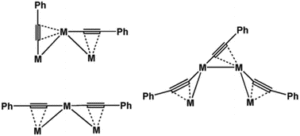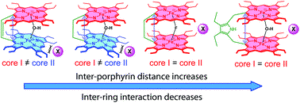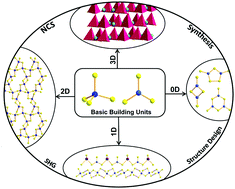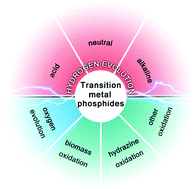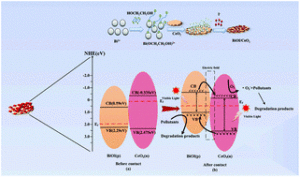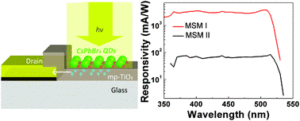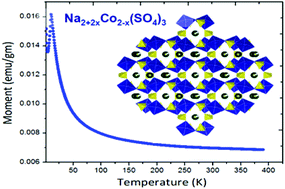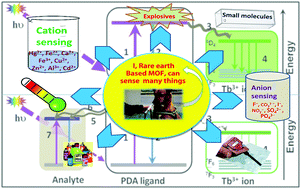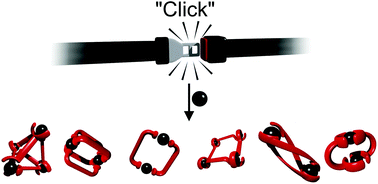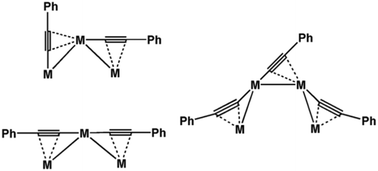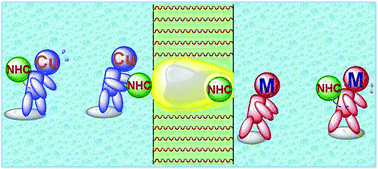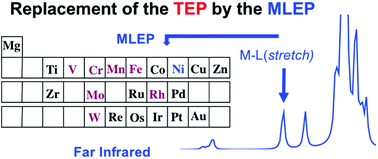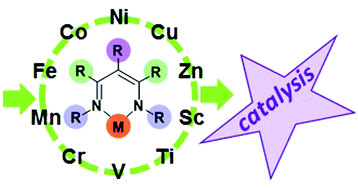Professor Philip P. Power (University of California, Davis) turned 65 in April 2018 and in honour of this anniversary and his immense influence on the field of organometallic chemistry we’re pleased to introduce a new cross-journal themed collection.
Guest edited by Roland C. Fischer, Michael S. Hill, and David J. Liptrot, the collection brings together 27 of Professor Power’s key RSC papers with specially commissioned work for Dalton Transactions and Chem. Commun. by over 45 by his coworkers and protégés.
Read the editorial, in which the guest editors give an overview of Professor Power’s career and highlight some of his contributions to the study of low coordinate systems, multiple bonding, small molecule activation, and London dispersion forces, or read on to check out some of the many hot articles inspired by his work.
1,3,2-Diazaborole-derived carbene complexes of boron
Hunter P. Hickox, Yuzhong Wang, Kaitlin M. Luedecke, Yaoming Xie, Pingrong Wei, Deidrah Carrillo, Nathaniel L. Dominique, Dongtao Cui, Henry F. Schaefer, III and Gregory H. Robinson
Dalton Trans., 2018,47, 41-44
10.1039/C7DT04079B
1,3,2-Diazaborole-derived carbene complexes of boron were synthesized via 1,2-hydrogen migration.
|
|
 |
A snapshot of inorganic Janovsky complex analogues featuring a nucleophilic boron center
Di Wu, Yongxin Li, Rakesh Ganguly and Rei Kinjo
|
|
|
Chem. Commun., 2017,53, 12734-12737
10.1039/C7CC07616A
The addition of phenyl lithium (PhLi) to an aromatic 1,3,2,5-diazadiborinine (1) afforded isolable ionic species 2, which can be deemed as an inorganic analogue of a Janovsky complex.
|
Neutral two-dimensional organometallic–organic hybrid polymers based on pentaphosphaferrocene, bipyridyl linkers and CuCl
M. Elsayed Moussa, B. Attenberger, E. V. Peresypkina and M. Scheer
Dalton Trans., 2018,47, 1014-1017
10.1039/C7DT04286H
The reaction of the Pn ligand complex [Cp*Fe(η5-P5)] (1: Cp* = η5-C5Me5) with CuCl in the presence of 4,4′-bipyridine or 1,2-di(4-pyridyl)ethylene leads to the formation of three unprecedented neutral 2D organometallic–organic hybrid networks.
|
|
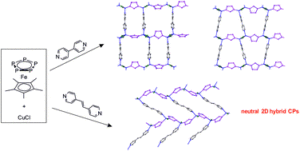 |
C–H and H–H activation at a di-titanium centre
Nikolaos Tsoureas, Jennifer C. Green and F. Geoffrey N. Cloke
|
|
|
Chem. Commun., 2017,53, 13117-13120
10.1039/C7CC07726B
An NHC promotes intramolecular C–H activation in bis(pentalene)dititanium; this process is reversed by the addition of hydrogen, forming a dihydride.
|
Divergent reactivity of nucleophilic 1-bora-7a-azaindenide anions
Matthew M. Morgan, J. Mikko Rautiainen, Warren E. Piers, Heikki M. Tuononen and Chris Gendy
Dalton Trans., 2018,47, 734-741
10.1039/C7DT04350C
The reactions of 1-bora-7a-azaindenide anions, prepared in moderate to excellent yields by reduction of the appropriate 1-bora-7a-azaindenyl chlorides with KC8 in THF, with alkyl halides and carbon dioxide were studied.
|
|
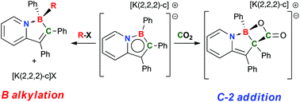 |
Carbodiimides as catalysts for the reduction of a cadmium hydride complex
D. J. Webb, C. M. Fitchett, M. Lein and J. R. Fulton
|
|
|
Chem. Commun., 2018,54, 460-462
10.1039/C7CC08393A
A rare terminal cadmium hydride complex has been synthesised. Reduction to the cadmium(I) dimer complex was achieved upon treatment with carbodiimides.
|
All articles in this collection will be free to access until the 19th of June.













